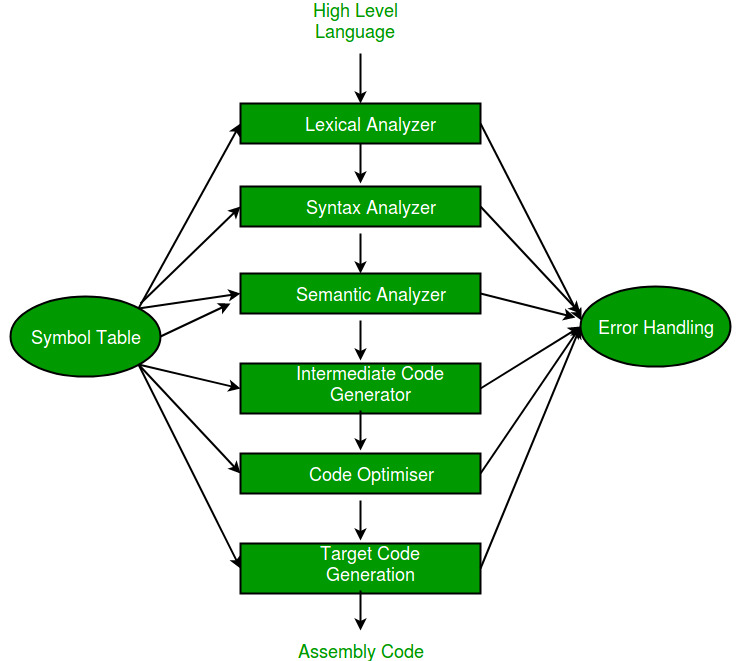This repository contains three projects at core components of MIPS Microsystems.
- CPU: a
five-stagepipeline microprocessor that can support 70 instructions and handle basic exceptions and interrupts according to MIPS principles - Operating System: an operating system based on MIPS architecture with Linux kernel to support
virtual memory, processmanagementandsystem call - Compiler: a multi-pass compiler for
C0programming language and MIPS assembly language
Please refer to the project README for detailed information.
This is a 32-bit microprocessor conforms to MIPS architecture.
-
This CPU is realized with
Verilogto make sure that it can be burnt onto a real-world chip or FPGA. -
For displaying the work flow of CPU, changes of memory and registers are printed to the screen, so that the correctness can be checked and evaluated easily.
-
Below is an example of simulation result from
XILINXStrongly suggest using
ISEorVivadoto develop your own functions.
Please refer to the project README for detailed information.
This is a basic operating system with Linux Kernel under MIPS architecture. When realizing it, all functions are divided into 5 parts below.
- Lab1
- Understand MIPS architecture from operating system
- Learn the booting process of operating system
- Capture the structure and function of
ELFfile
- Lab2
- Learn the memory layout of MIPS
- Capture the memory management with link list
- Realize memory allocation and releasing
- Lab3
- Create a process and run it
- Realize clock interrupt
- Realize process scheduling and combine it with clock interrupt
- Lab4
- Understand how processes communicate with each other
- Realize
forkfunction - Handle page fault interrupt
- Lab5
- Understand what file system is
- Realize device driver
- Learn the designing concept of microkernel
Note: Theoretically, this OS is able to be deployed on an ARM micro controller like
Raspberry PI.
Please refer to the project README for detailed information.
This is a multi-pass compiler for C0 programming language and MIPS assembly language.
-
This compiler is designed to have two separate parts, front end and back end.
-
Below is an example for its compiling process
-
Strongly suggest using
CMaketo execute this project
- BUAA Computer Organization Course, Autumn 2019.
- BUAA Operating System Course, Spring 2020.
- BUAA Compiler Technology Course, Autumn 2020.


